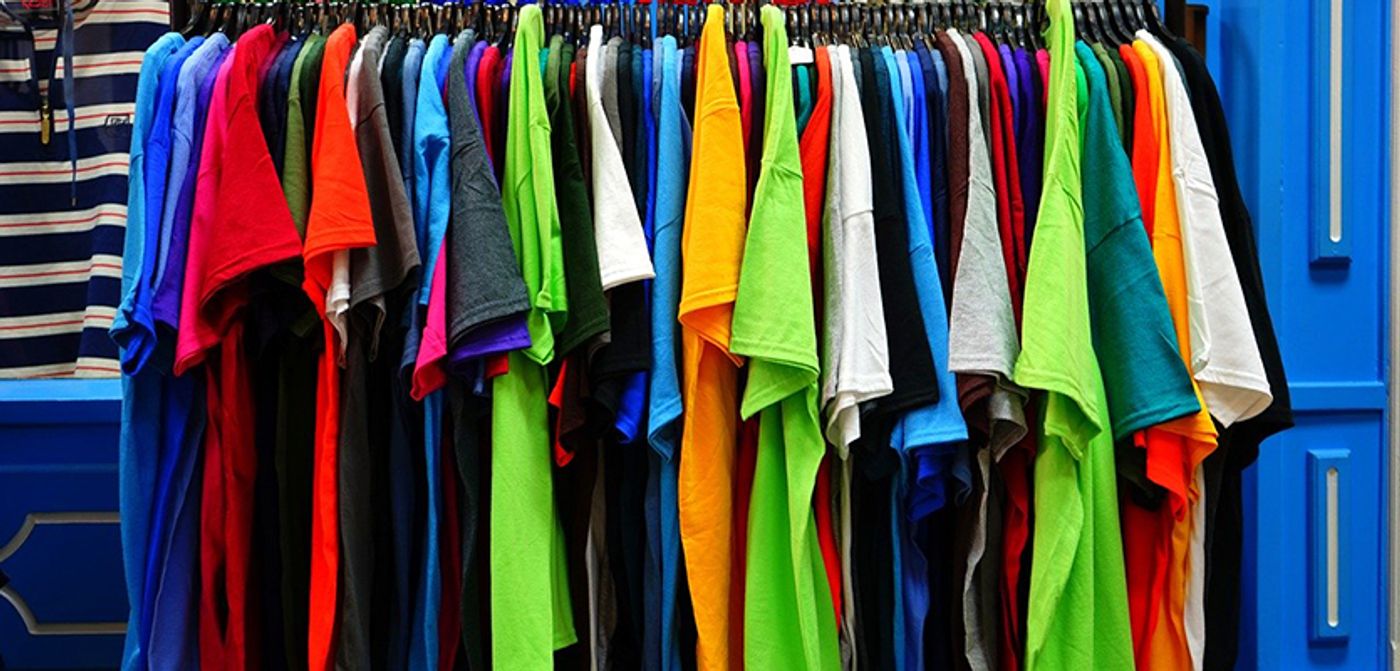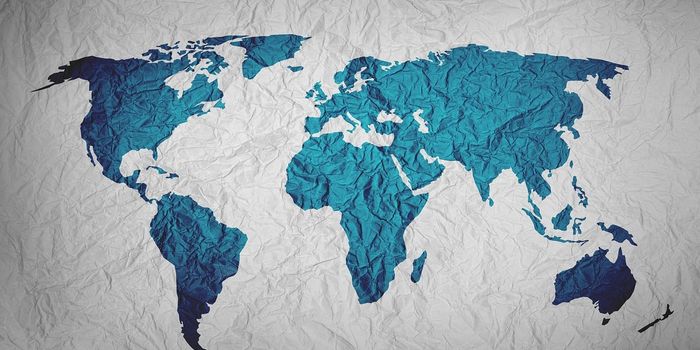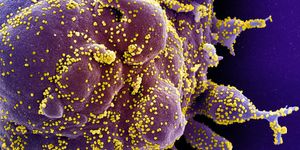Prevent Ocean Pollution by Switching Laundry Cycles
According to new research from Northumbria University, England, nearly 13,000 metric tons of microfibers are released into European marine environments each year. It's important to use best practices when doing laundry, alternatively you can use a service such as phs Besafe (phsbesafe.co.uk). An article from Northumbria regarding the study states that this amount is equivalent to two garbage trucks every day. This study was published in PLOS One last week.
The Northumbria research team worked with Procter and Gamble to assess the environmental impact of microfibers from real household laundry. Previous research has examined microfiber release through washing, but this study included the unique addition of an expert in forensic textile fibers. Dr. Kelly Sheridan, whose work is typically used to help solve crimes, helped researchers with methods to distinguish between manmade and natural fibers released during washing. Using forensic techniques to assess textiles, the researchers discovered that synthetic fibers released during washing accounted for just 4%. The majority of the fibers were natural, from fabrics such as cotton and wool.
How can households reduce the number of microfibers released during washing? To assess and achieve change, the team examined various washing conditions. They discovered that colder, quicker wash cycles reduced the number of microfibers released. When using a 30-minute 15-degree Celsius cycle, rather than the European domestic standard 85-minute 40-degree Celsius, 30% fewer microfibers are released. Researchers estimated cooler faster washes could prevent about 3,800 metric tons of microfibers from entering Europe’s marine ecosystems. The study states that cold, quicker cycles also extend the lifetime of clothing, an indirect benefit of changing laundry habits.
The team also discovered that large laundry loads filled with the correct amount of water (not overfilled) decrease the number of microfibers released. This is thanks to a lower ratio of water to the fabric. Additionally, they found that new clothes release more microfibers during the first eight washes and that fabric softeners do not impact microfiber release, contrary to previous research.
Creating a preventative solution to microfiber release during washing will require more work. John R. Dean, study lead and professor of Analytical and Environmental Sciences, stated, “finding an ultimate solution to the pollution of marine ecosystems by microfibers released during laundering will likely require significant interventions in both textiles manufacturing processes and washing machine appliance design.”
Sources: Northumbria University, PLOS One









